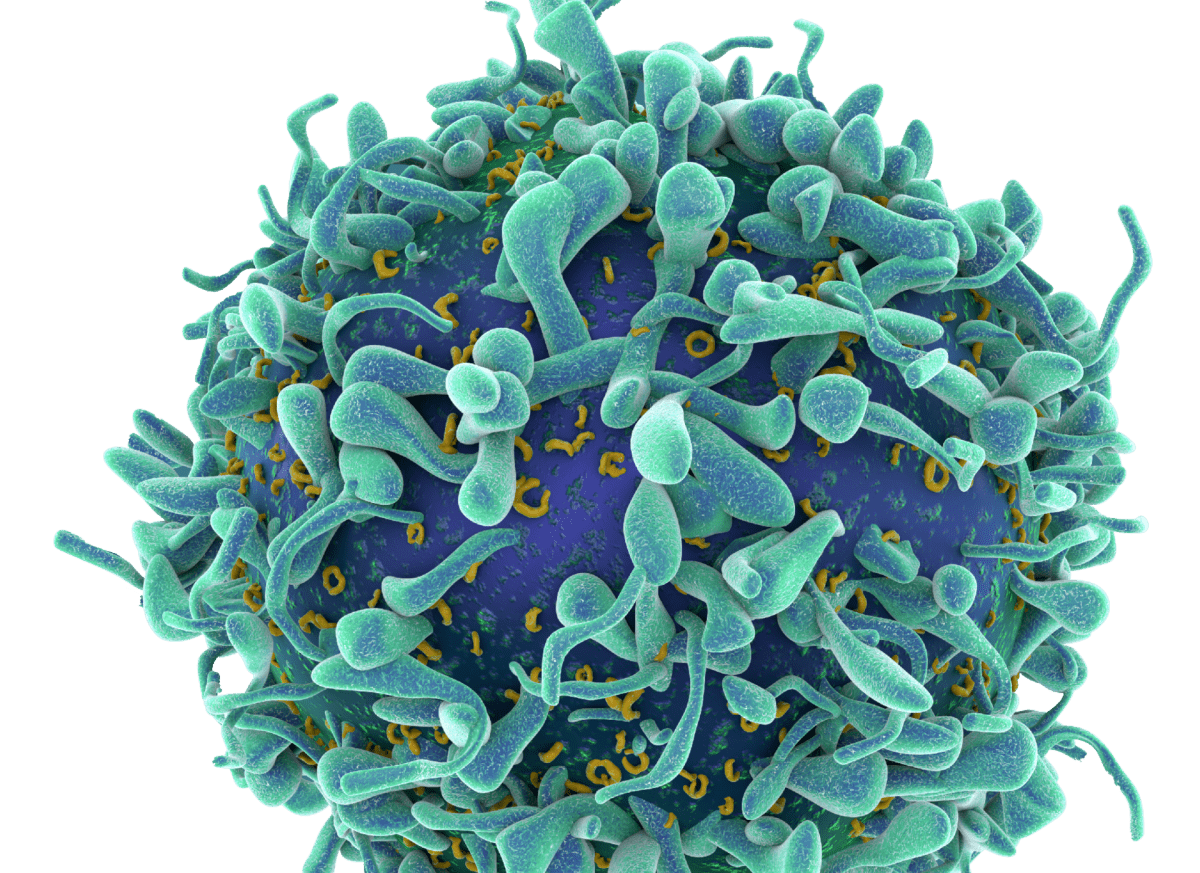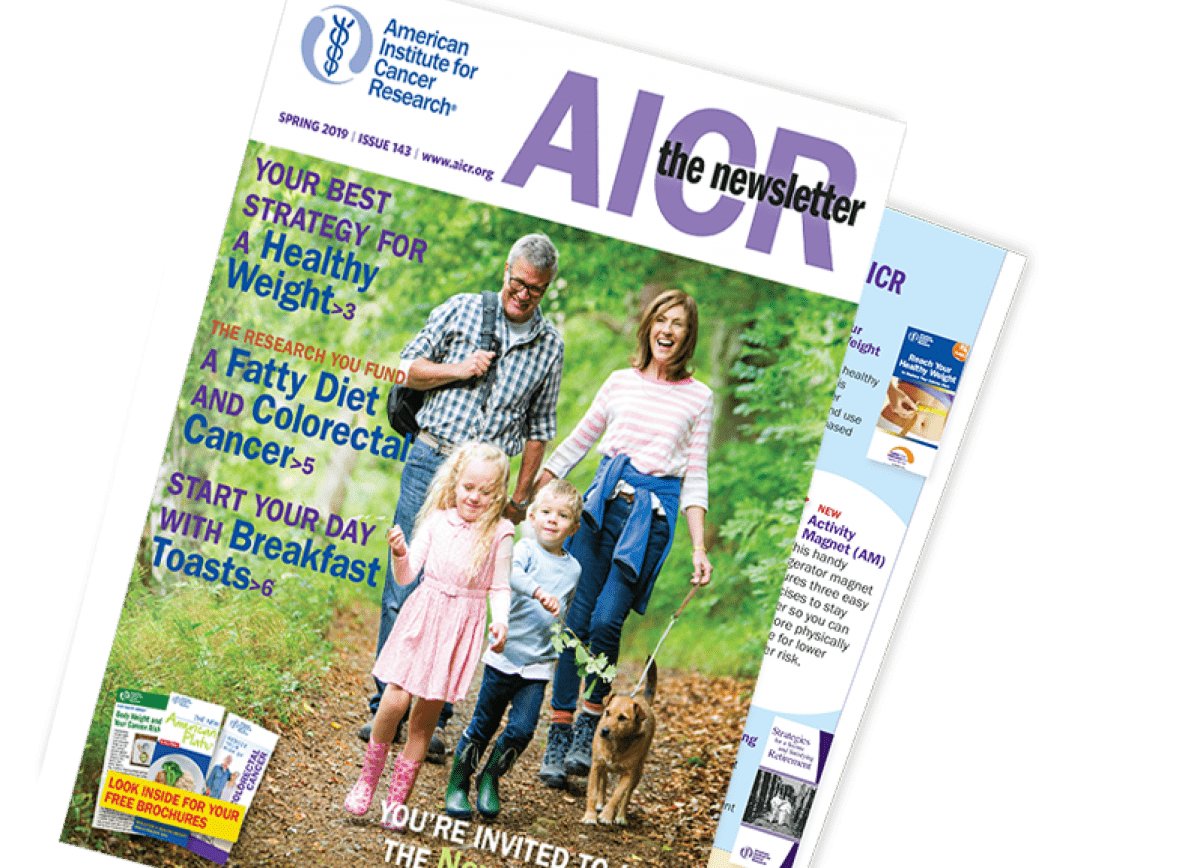Fall 2020 Archive
Late last year, the IRS issued proposed amendments of regulations reflecting longer life expectancies [REG-132210-18]. Since 2001, a uniform table has been used to determine required minimum distributions (RMDs), regardless of the named beneficiaries. The tables are based on the ages of the IRA owner and a presumed beneficiary 10 years younger than the owner. (A special table may be used if the IRA owner’s spouse is more than 10 years younger.) Under the new regulations, RMDs from IRAs will be lower than under current tables. For example, the RMD for a 75-year-old is currently 4.37% of the IRA balance, based on a distribution period of 22.9 years. Starting in 2021, the distribution period is 24.6 years for an RMD of 4.07%.
The life expectancy and distribution period tables from the proposed regulations are:
Age of employee |
Distribution period |
70 |
29.1 |
71 |
28.2 |
72 |
27.3 |
73 |
26.4 |
74 |
25.5 |
75 |
24.6 |
76 |
23.7 |
77 |
22.8 |
78 |
21.9 |
79 |
21.0 |
80 |
20.2 |
81 |
19.3 |
82 |
18.4 |
83 |
17.6 |
84 |
16.8 |
85 |
16.0 |
86 |
15.2 |
87 |
14.4 |
88 |
13.6 |
89 |
12.9 |
90 |
12.1 |
91 |
11.4 |
92 |
10.8 |
93 |
10.1 |
94 |
9.5 |
95 |
8.9 |
96 |
8.3 |
97 |
7.8 |
98 |
7.3 |
99 |
6.8 |
100 |
6.4 |
101 |
5.9 |
102 |
5.6 |
103 |
5.2 |
104 |
4.9 |
105 |
4.6 |
106 |
4.3 |
107 |
4.1 |
108 |
3.9 |
109 |
3.7 |
110 |
3.5 |
111 |
3.4 |
112 |
3.2 |
113 |
3.1 |
114 |
3.0 |
115 |
2.9 |
116 |
2.8 |
117 |
2.7 |
118 |
2.5 |
119 |
2.3 |
Charitable gift planning often focuses on the advantages of giving appreciated stock, mutual funds and real estate, but many clients have corporate bonds in their portfolios as well, which may be just as appealing as stocks for making tax-wise contributions. Generally, donors can deduct the full fair market value of any corporate bonds they give to charity and owe no capital gains tax on their paper profit. The value of listed bonds is the average (mean) of the highest and lowest selling price quoted on the day of the gift (same rule as stock gifts). If quotes for the high and low are not available, the value is the average between the closing value on the day of the gift and the closing value on the day preceding the gift. If there were no sales on the day prior to the gift, then the value is a weighted average between the close on the day of the gift and the nearest date before the gift date. If there were no sales on the date of the gift but sales occurred within a reasonable time period before and after the gift, an inverse weighted average of selling prices before and after the gift must be calculated. The deduction rules are different if a sale or redemption of the bond would result in ordinary income. The amount that would have been taxed as ordinary income is not deductible. Note that some bonds may generate a combination of capital gain and ordinary income upon a sale. In many cases, the donor’s accountant will need to be consulted to determine the tax results of a sale or disposition of a particular bond. Bonds or other securities that have gone down in value should be sold and the proceeds contributed, creating both a charitable and capital loss deduction.
A charitable remainder trust created in an estate plan can be an excellent way for clients to assist family members and charity, but there are some special considerations applicable to testamentary trusts.
An individual who creates a charitable remainder trust or charitable gift annuity naming another person as an income beneficiary or annuitant is deemed to make a gift in an amount equal to the value of the other person’s interest. Although the annual exclusion can be applied for a present interest, the value is likely to be in excess of $15,000. Where the other individual is the successor beneficiary, the donor’s advisor should determine if the interest is a future interest, in which case the annual exclusion does not apply.
Few donors would need to pay gift tax when naming another individual as beneficiary or successor beneficiary, thanks to the $11.58 million gift tax exclusion, but a gift tax return may need to be filed. Donors can instead make their gifts incomplete [Reg. §25.2511-2(c)], but the rules to do so differ between charitable remainder trusts and charitable gift annuities.
Charitable remainder trusts: A charitable remainder trust may not be subject to a power to invade, alter, amend or revoke for the beneficial use of a person other than charity. However, the grantor may retain the power, exercisable only by will, to revoke the interest of any beneficiary of the annuity or unitrust amount other than a charity [Reg. §§1.664-2(a)(4), 1-664-3(a)(4)]. By retaining this power in the trust document, the grantor may avoid any gift tax liability for the value of the rights in the trust. A revocable transfer is not a completed gift for gift tax purposes. Any payments actually received from the trust during the grantor’s lifetime by someone other than the grantor generally will be treated as completed gifts to the extent they exceed the annual exclusion amount. Retaining the right to revoke, however, has no effect on the charitable deduction. The value of charity’s remainder interest is computed based on the assumption that the donor will not exercise the retained power to revoke (Letter Ruling 9421047).
What about retaining the right to revoke in a one-life trust created by a donor for another individual? Reg. §§1.664-2(a)(5)(i) and 1.664-3(a)(5)(i) provide that “if an individual receives an amount for life, it must be solely for his life.” This seems to preclude the donor’s ability to retain the right to revoke. However, it is possible to provide that a beneficiary’s interest in a one-life trust will terminate early in the event of a qualified contingency [Code §664(f)(2)]. The trust might, for example, provide that the beneficiary’s interest is to terminate on the beneficiary’s death or the earlier death of the grantor, creating a remainder trust for one beneficiary for the life of another.
Charitable gift annuities: An individual who arranges a gift annuity for another individual can avoid making a taxable gift by retaining the power to revoke the right to receive the annuity. For example, Shirley arranges a gift annuity for her life and the life of her husband. She can retain the right to revoke his rights, which she might want to exercise if they divorce. Completed gifts occur only as payments are actually received by the annuitant during the donor’s life. These, being present interest gifts, can be offset with the annual exclusion. Reg. §1.1011-2(a)(4)(ii) provides that retention of the power to revoke will not cause the annuity to be considered assignable to some person other than the issuing organization and therefore does not prevent the spreading of gain over the annuitant’s life expectancy. In the case of a gift annuity, the revocation can occur during life or at death, but the contingency does not affect the charitable deduction.
If a donor owns 100 shares of a particular stock, it’s simple to give just half the shares, but what happens when the asset the donor has to give is not as easily divisible as shares of stock? There are some ways to give less than everything.
Bargain sales
A bargain sale is one technique that allows the donor to part with only a portion of the value of the gift property. Bargain sales work especially well when the property is something the charity wishes to acquire—a parcel of real estate next to a college campus, for example. The donor receives cash and an income tax charitable deduction for the difference between the sale price and the fair market value. The donor recognizes capital gain on the sale portion of the property.
Installment bargain sales
With an installment bargain sale, the donor and charity agree on a price less than fair market value that is to be paid over a term of years. The donor is entitled to a charitable deduction in the year of the gift, but capital gains are spread over the term of the contract.
Undivided interests
If an asset is not one the charity wishes to acquire, the donor could instead make a gift of an undivided interest [Code §170(f)(3)(B)(ii)]. The donor makes a gift of a partial interest—25%, for example—and is entitled to a charitable deduction for the value of that portion of the property. The donor and charity then find a buyer for the property and divide the sale proceeds based on their proportional interests. The donor recognizes capital gains only on the retained portion of the property.
© Copyright Sharpe Group. All rights reserved.






